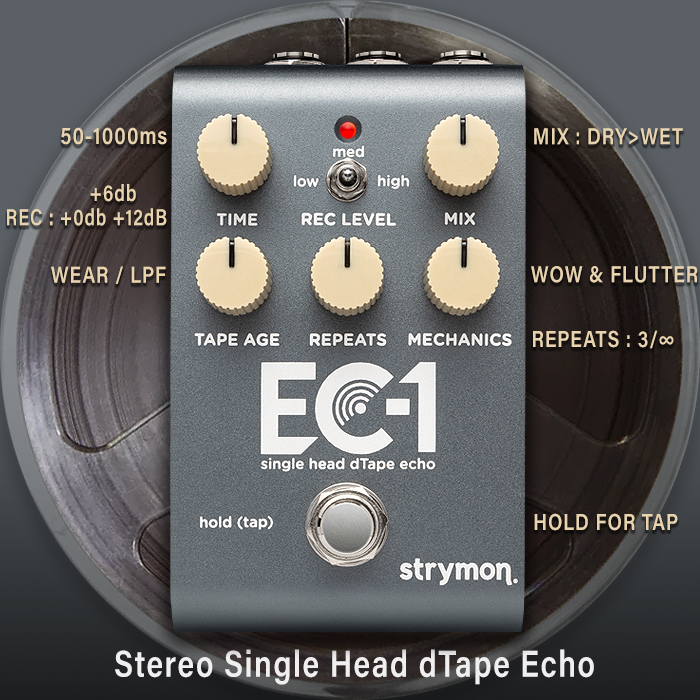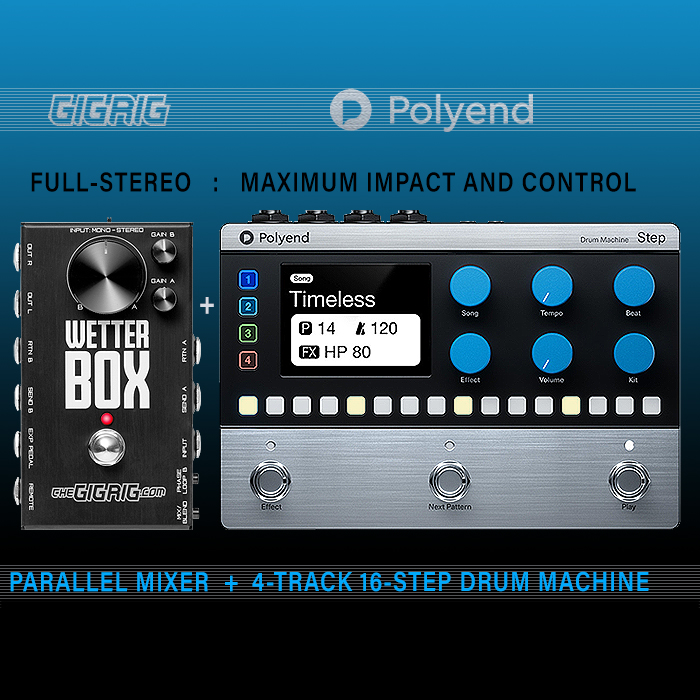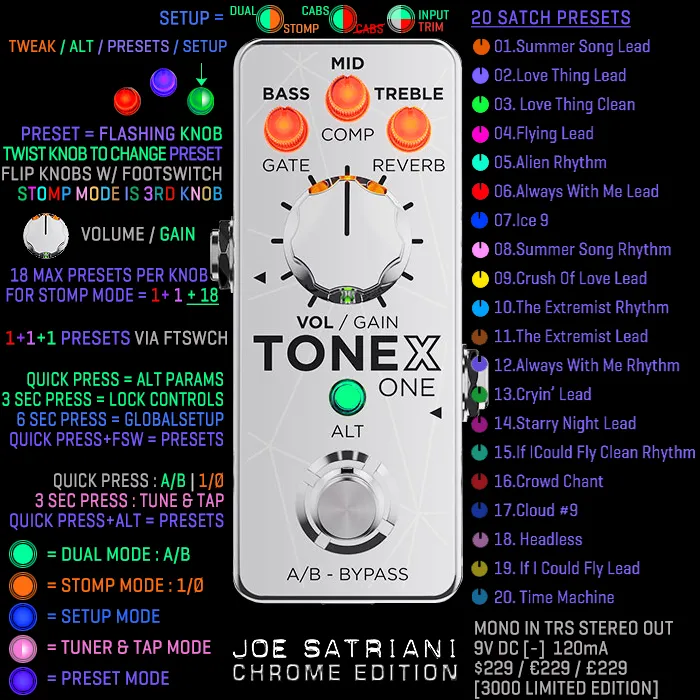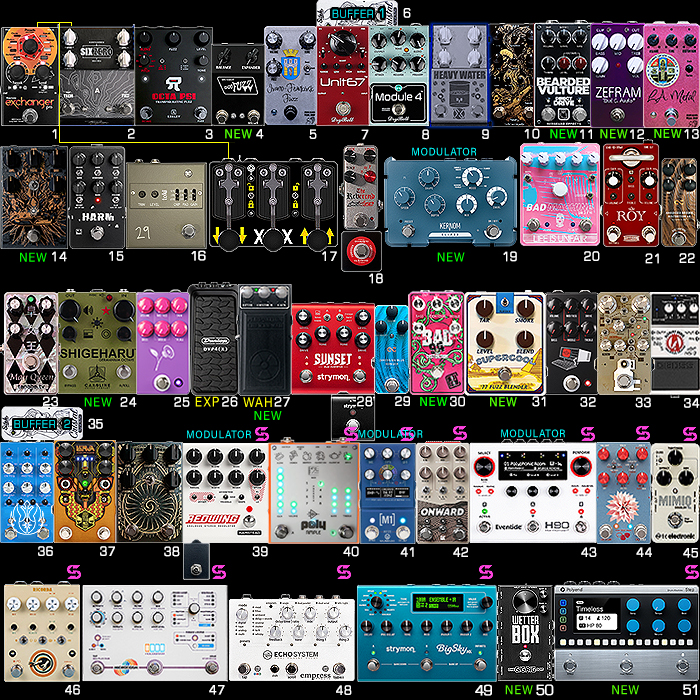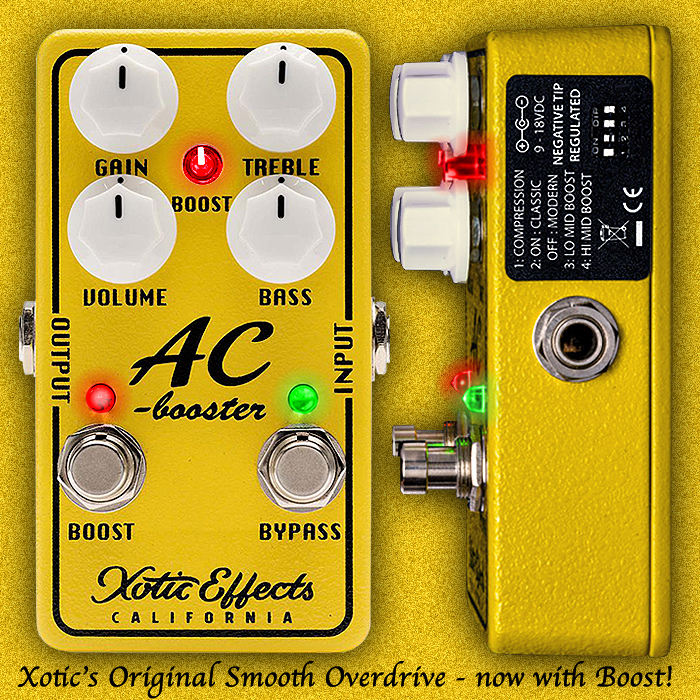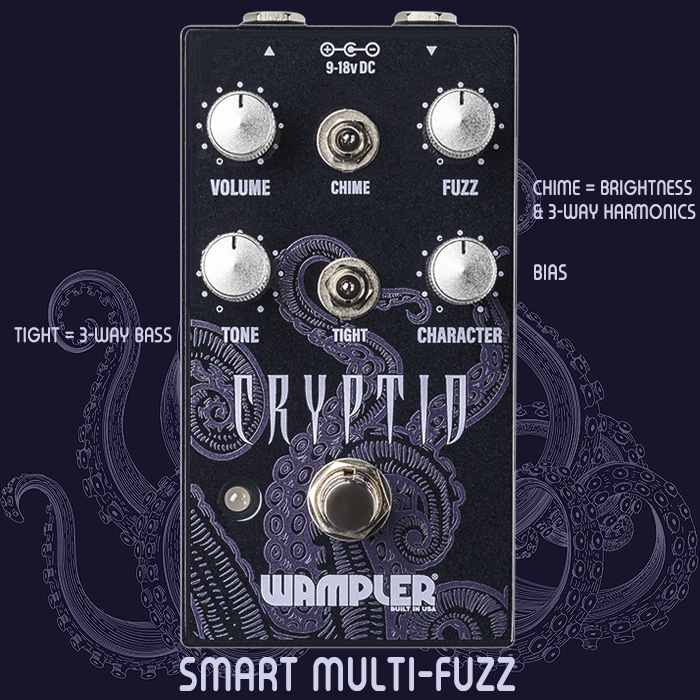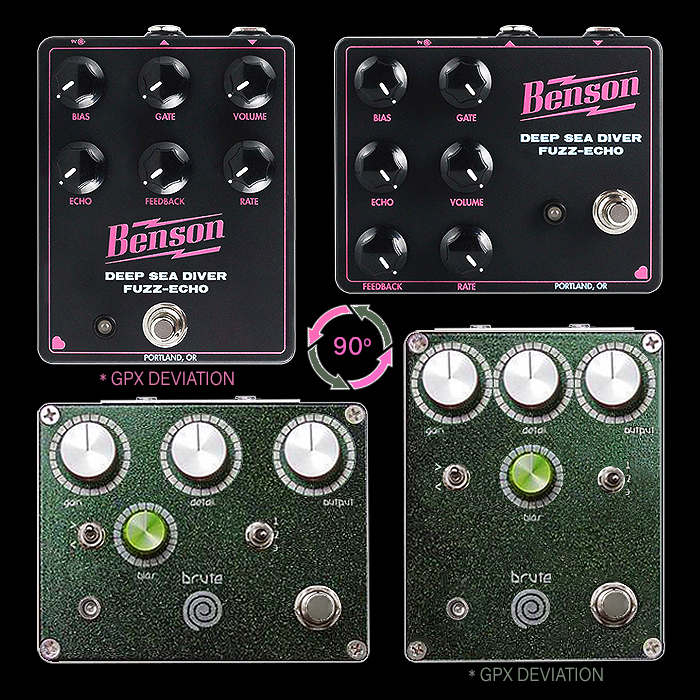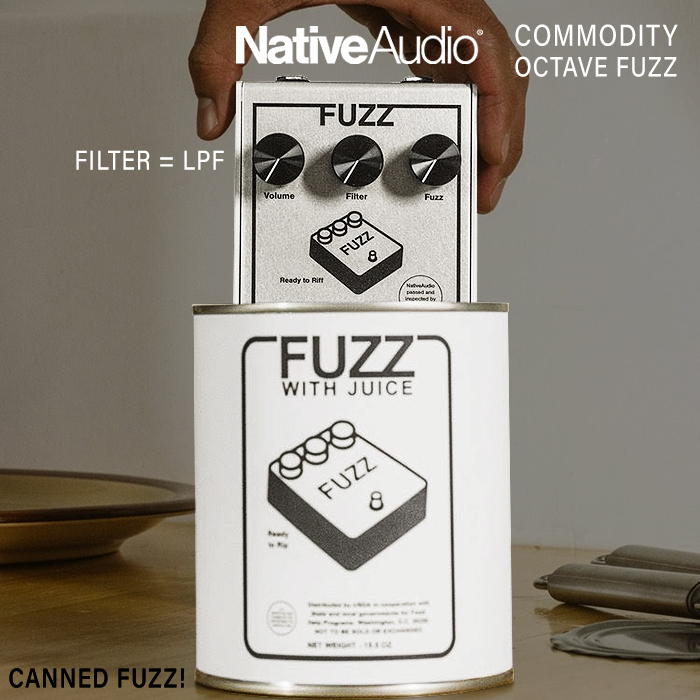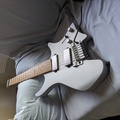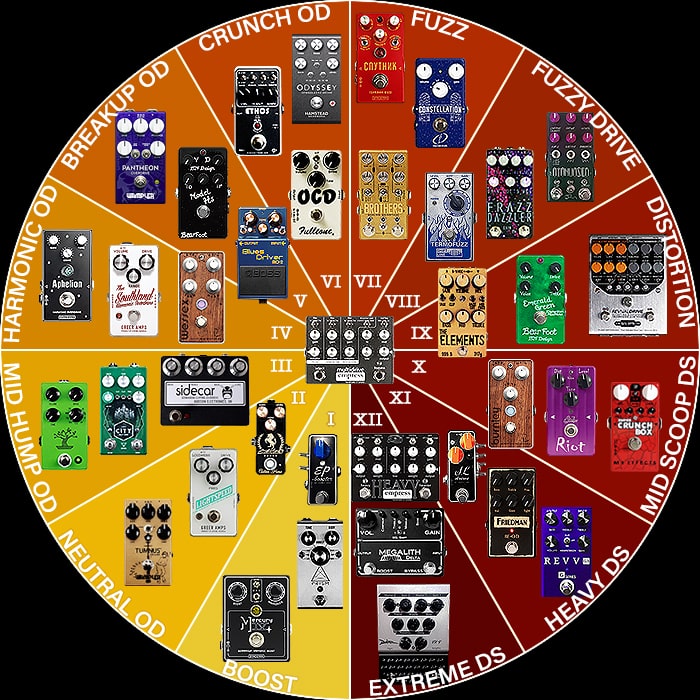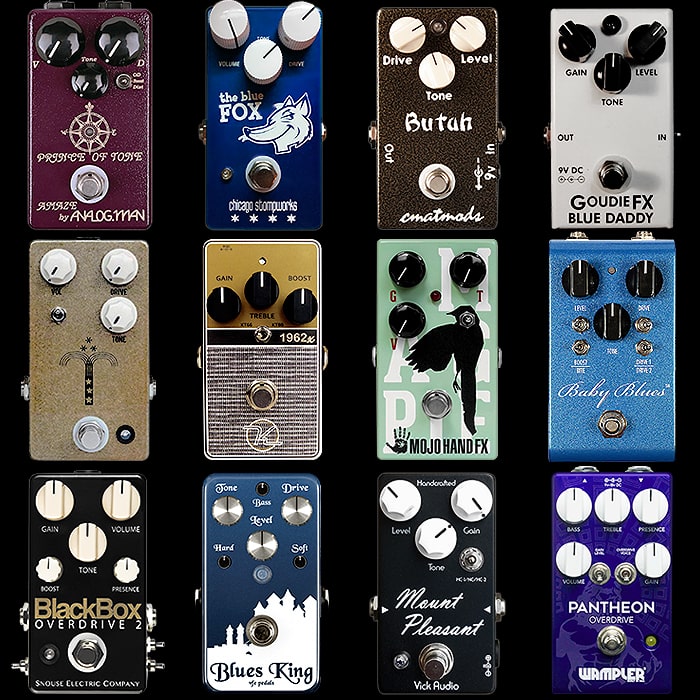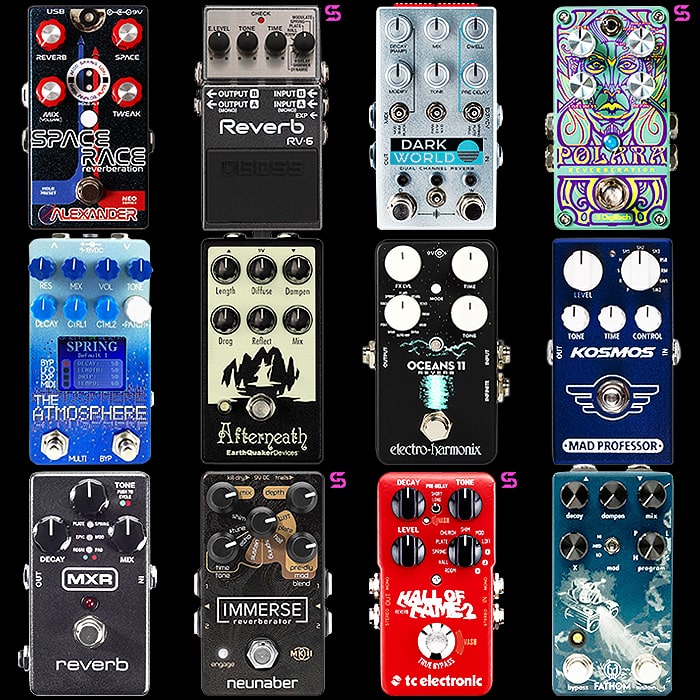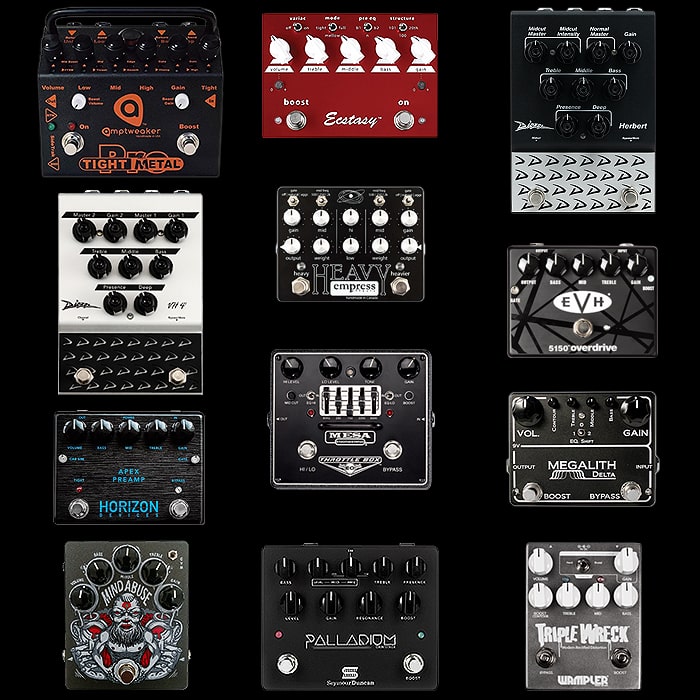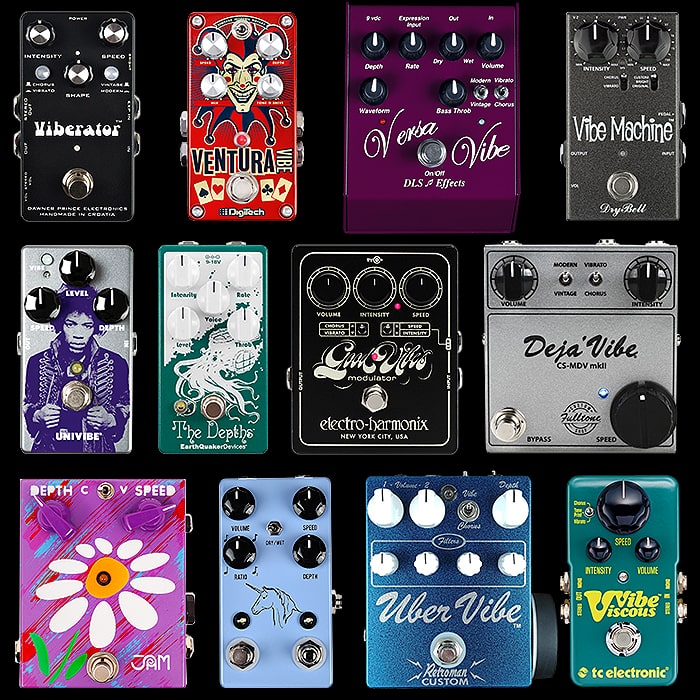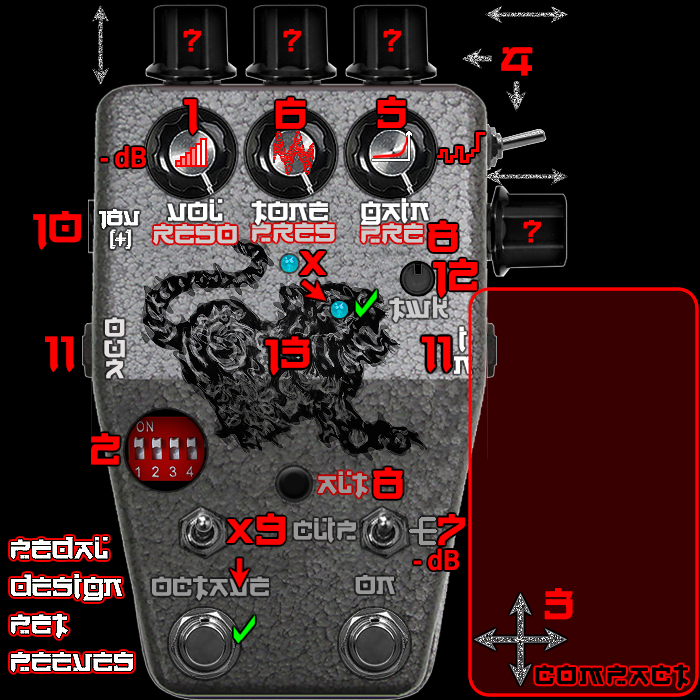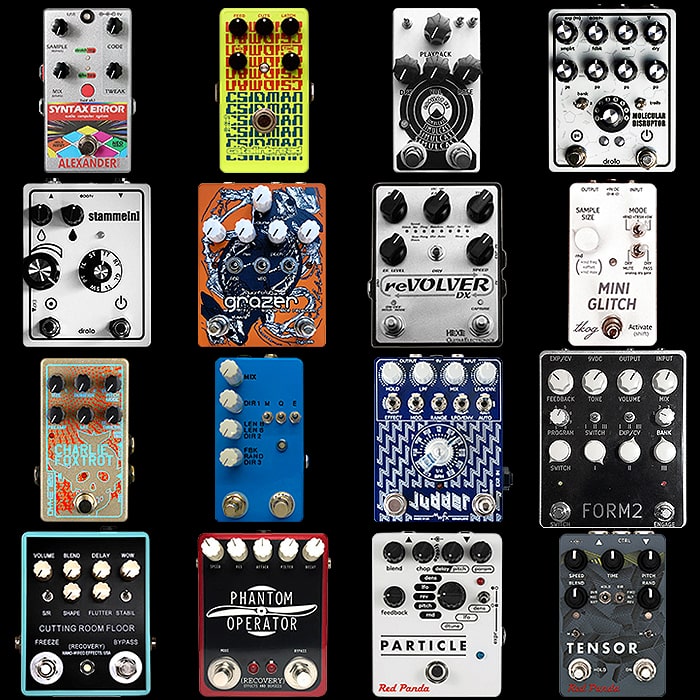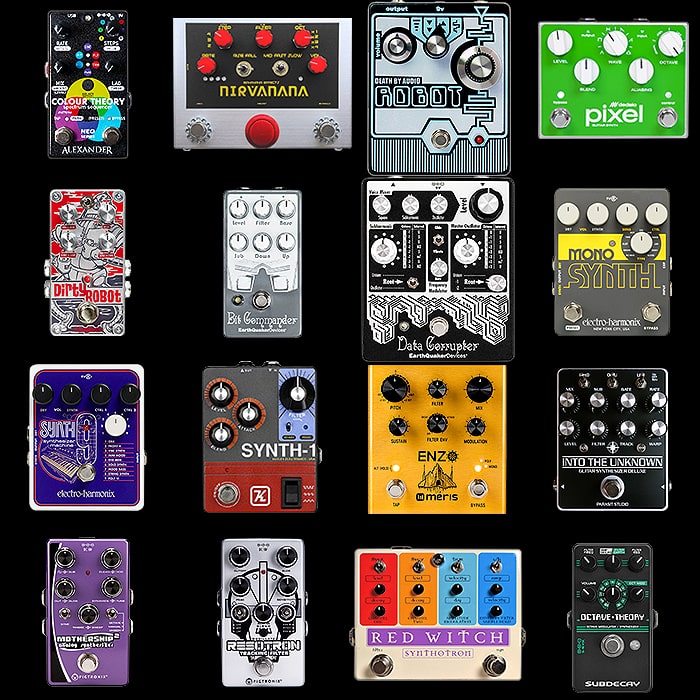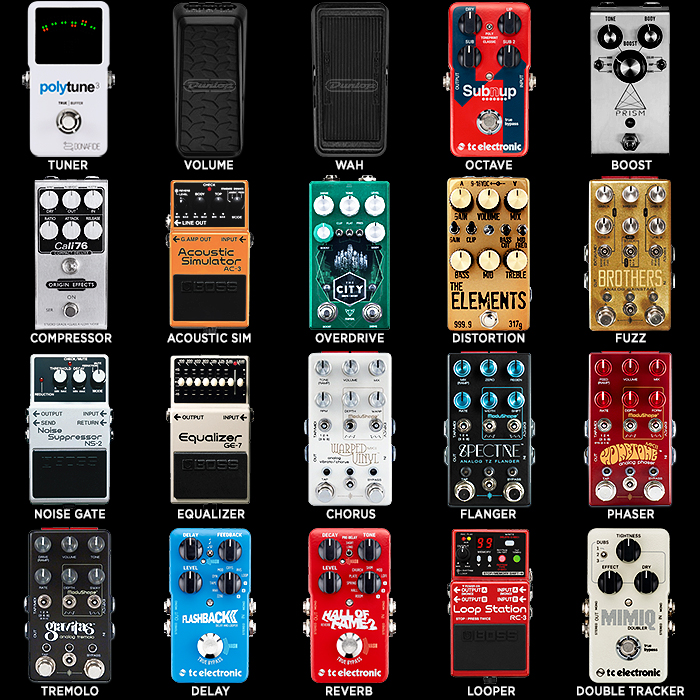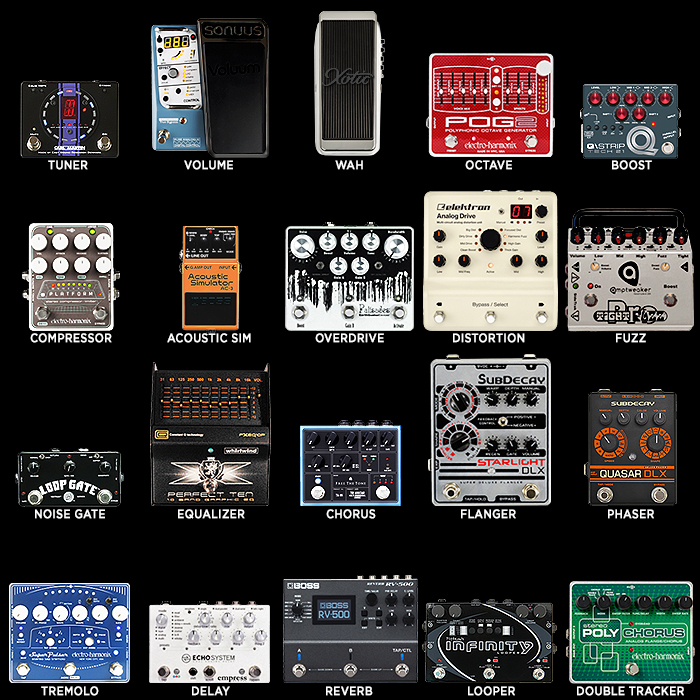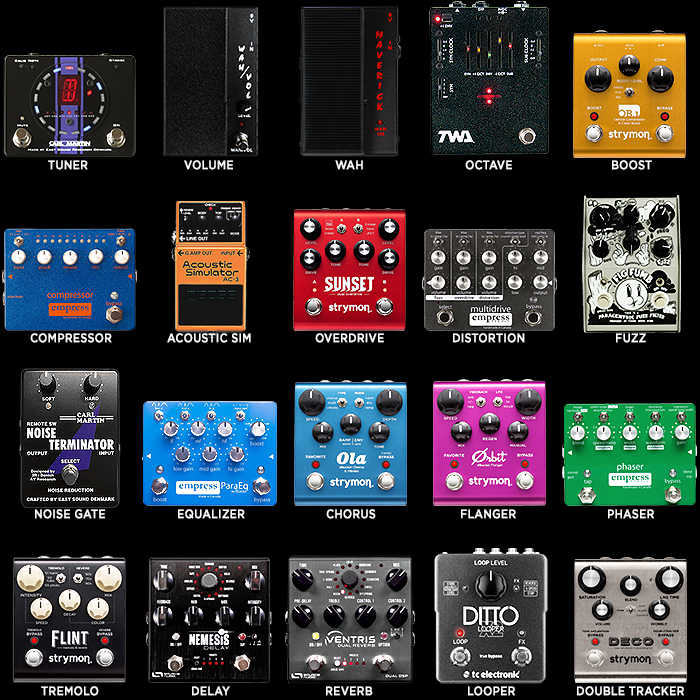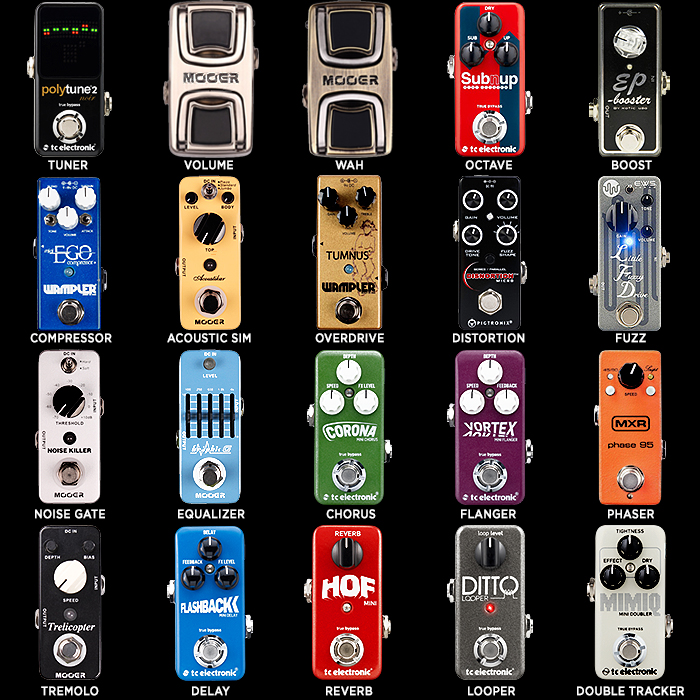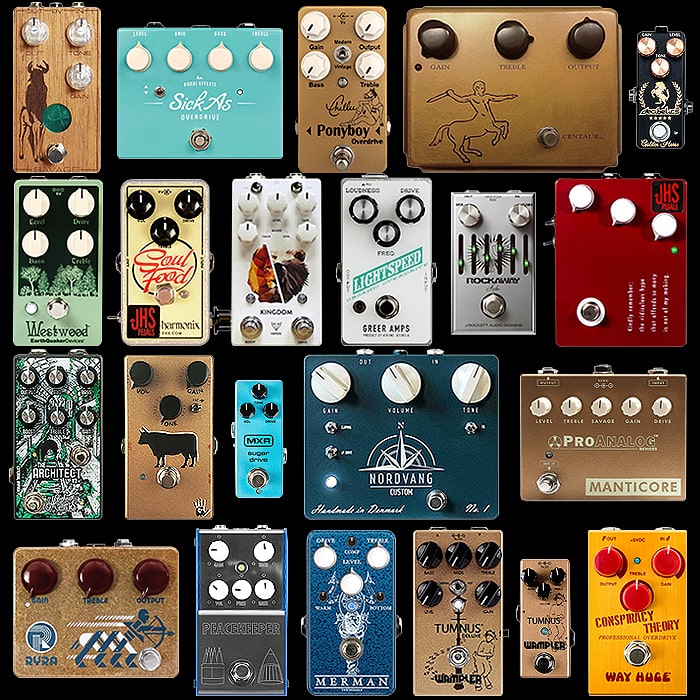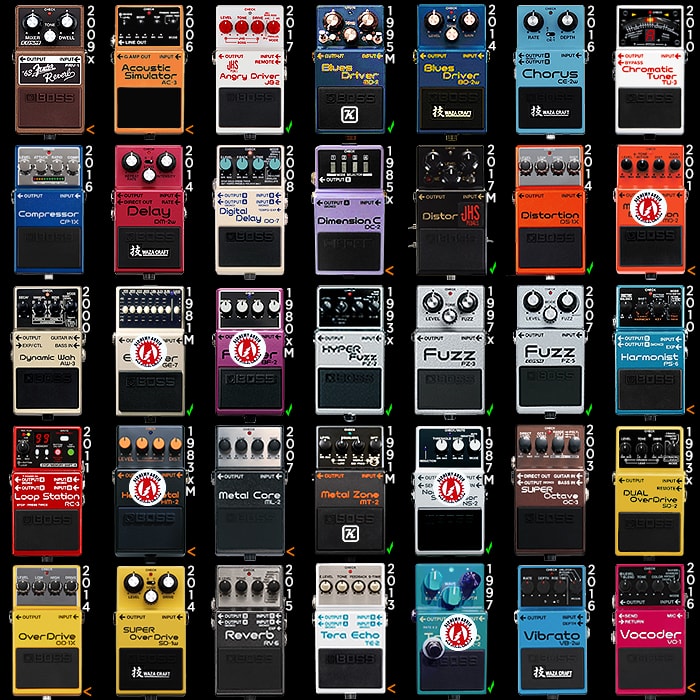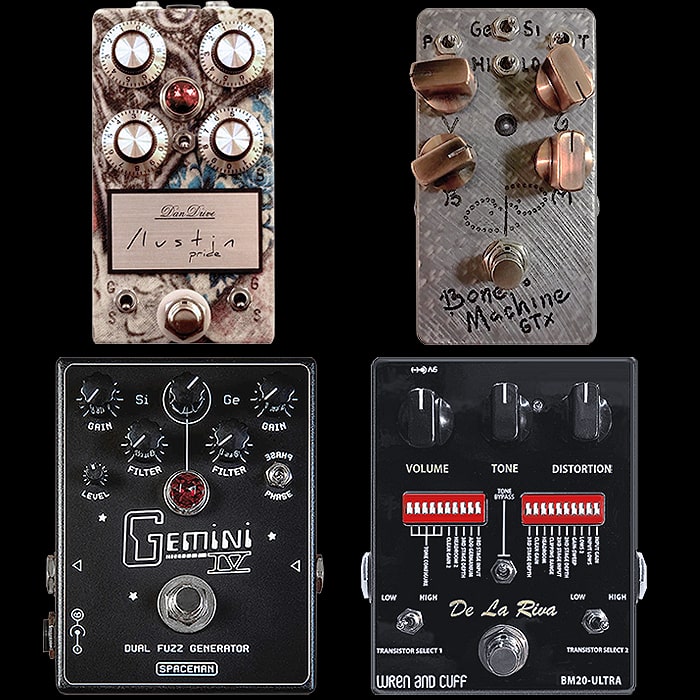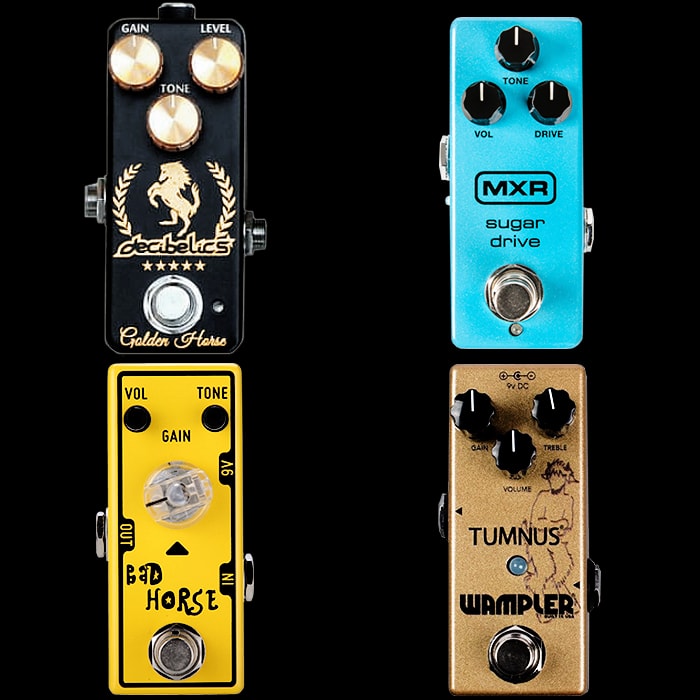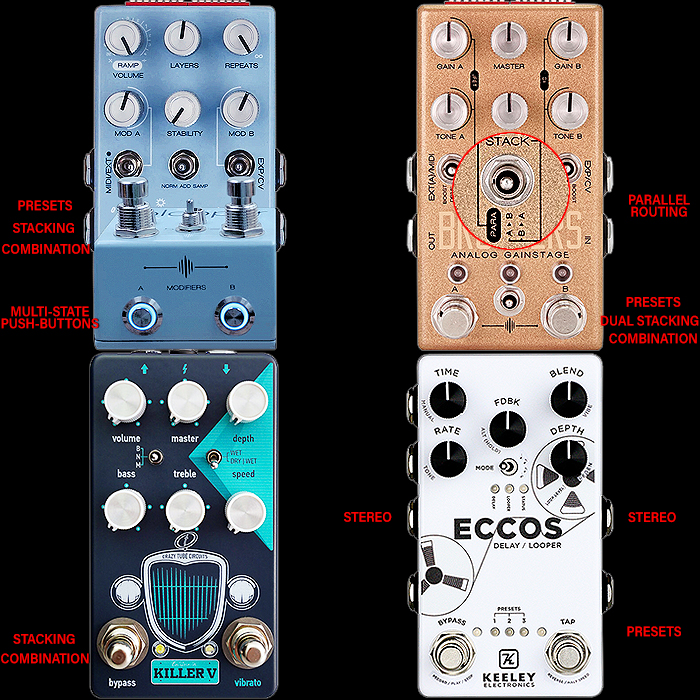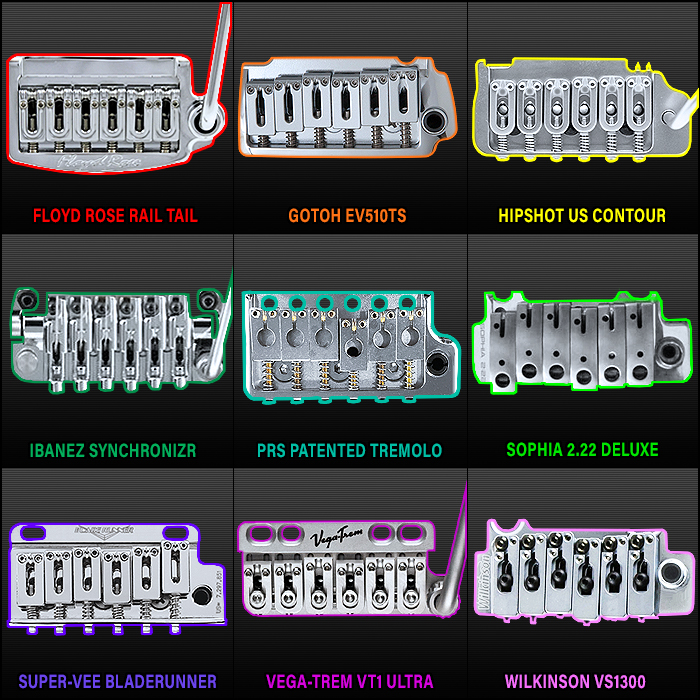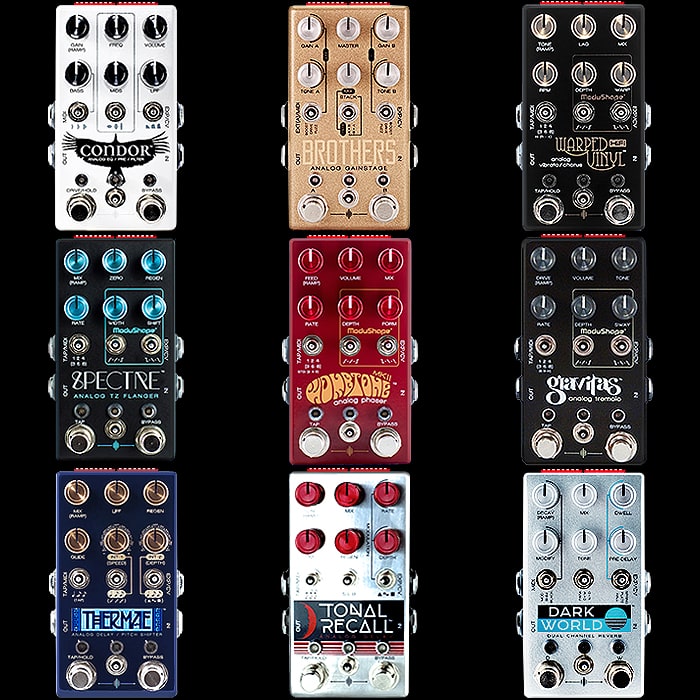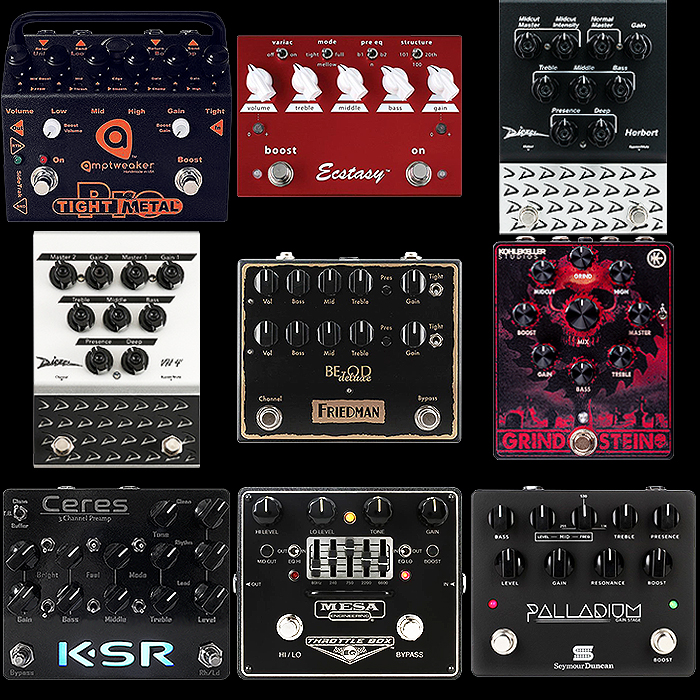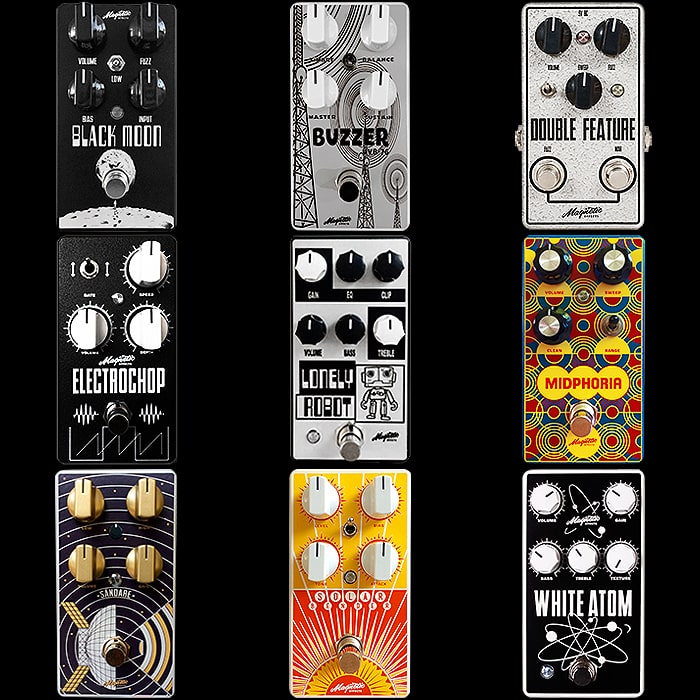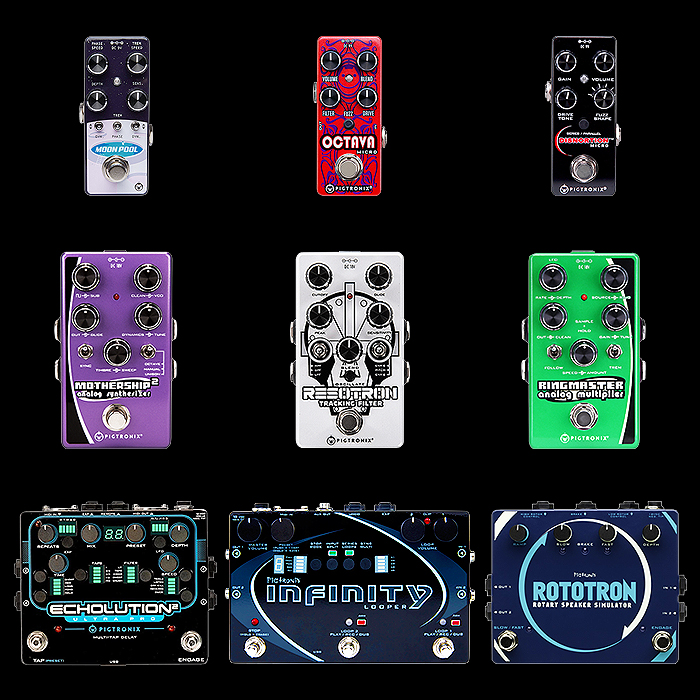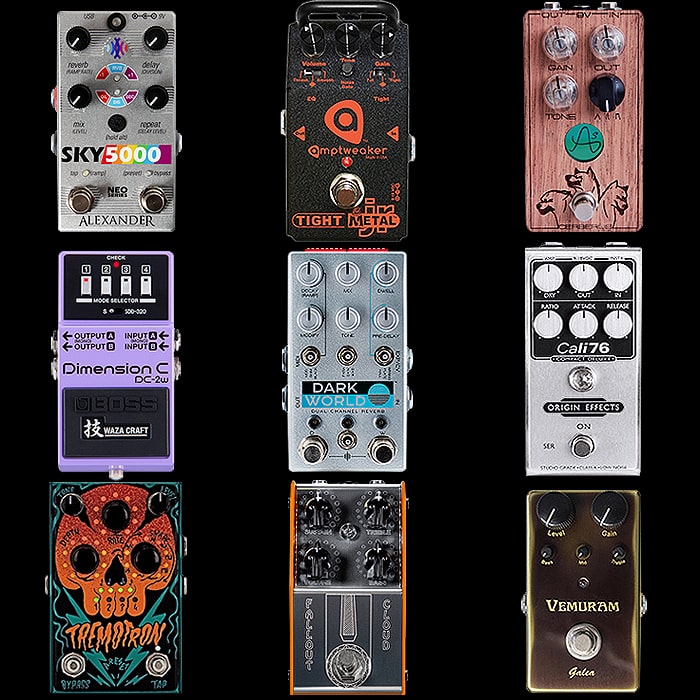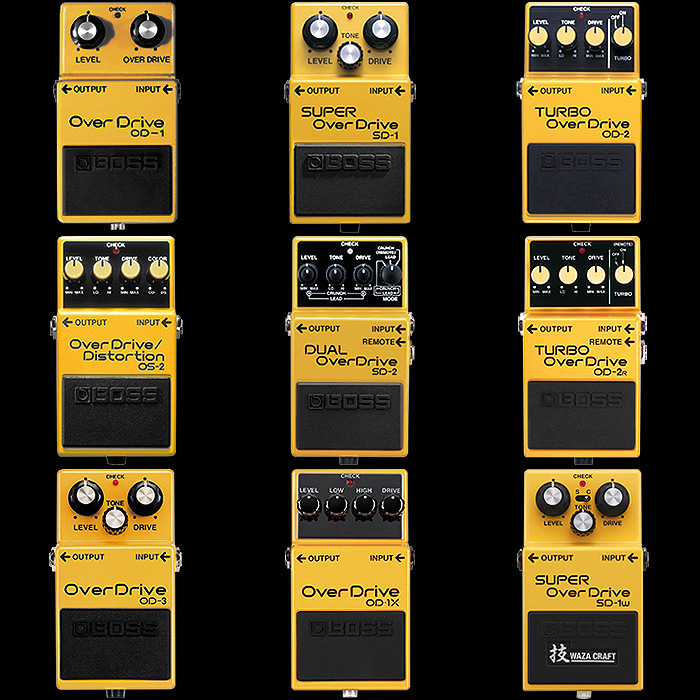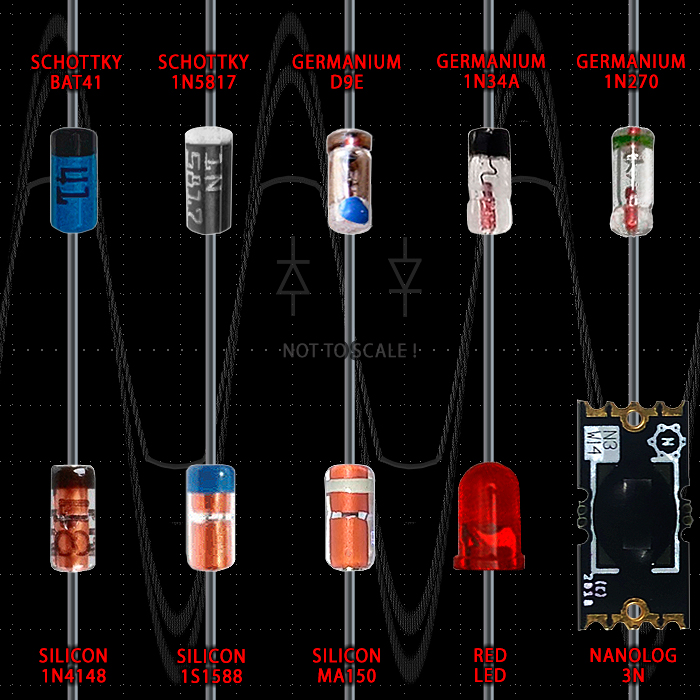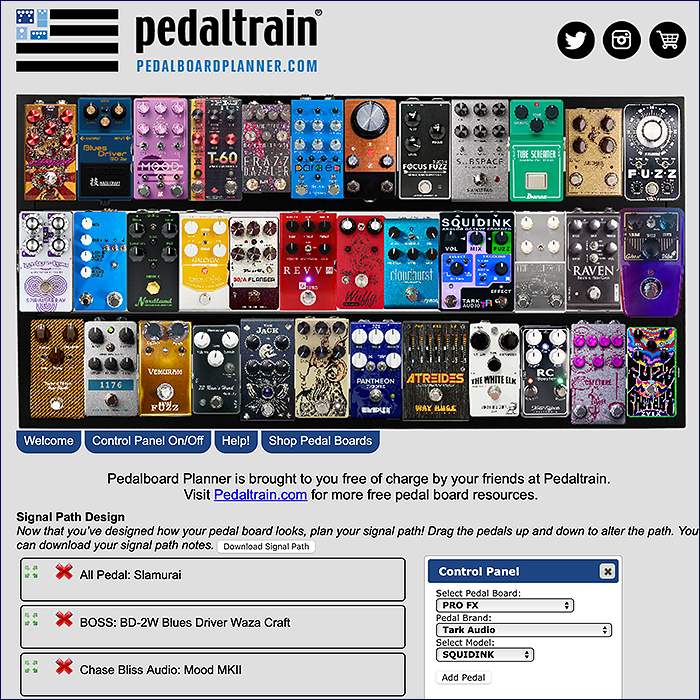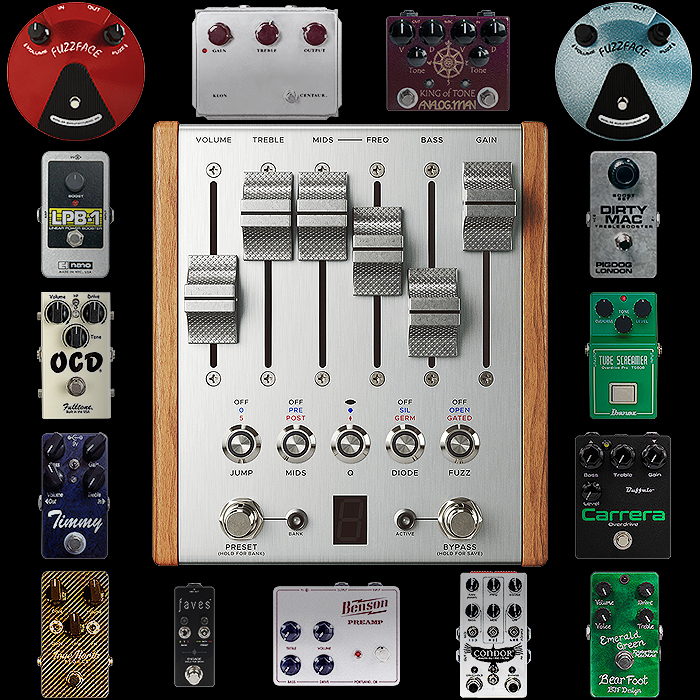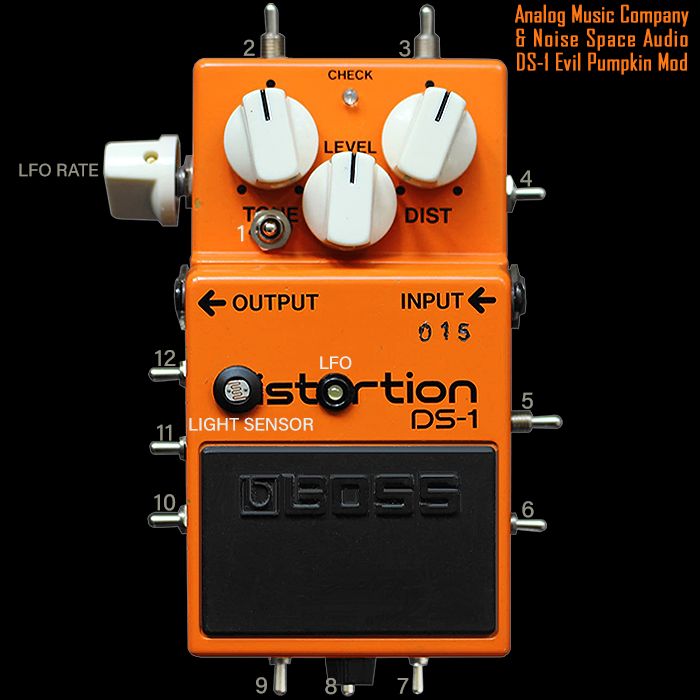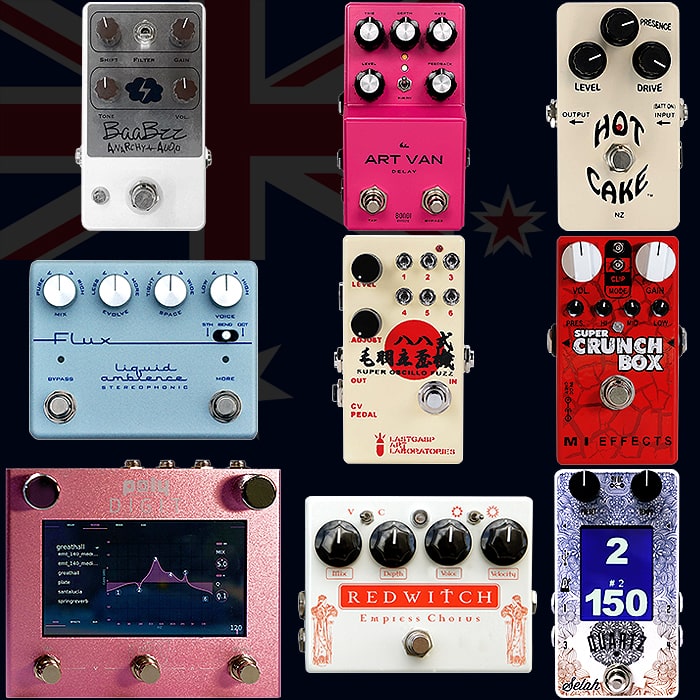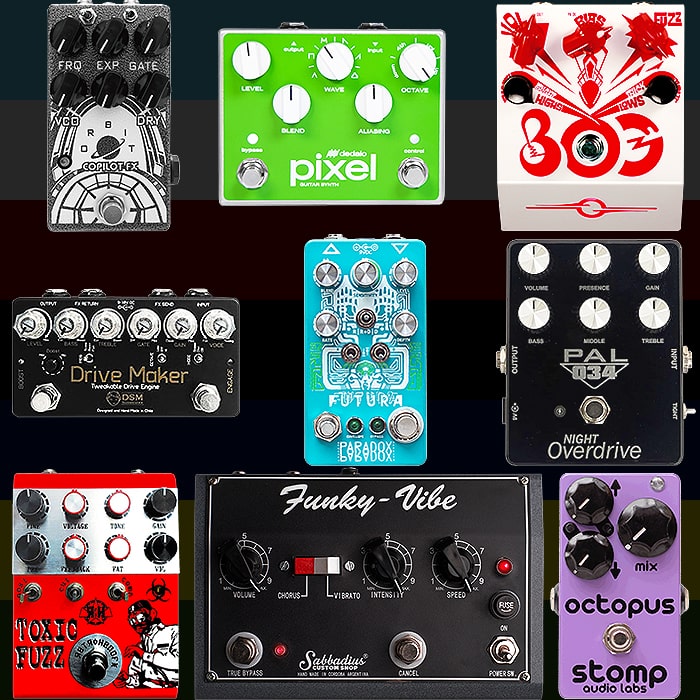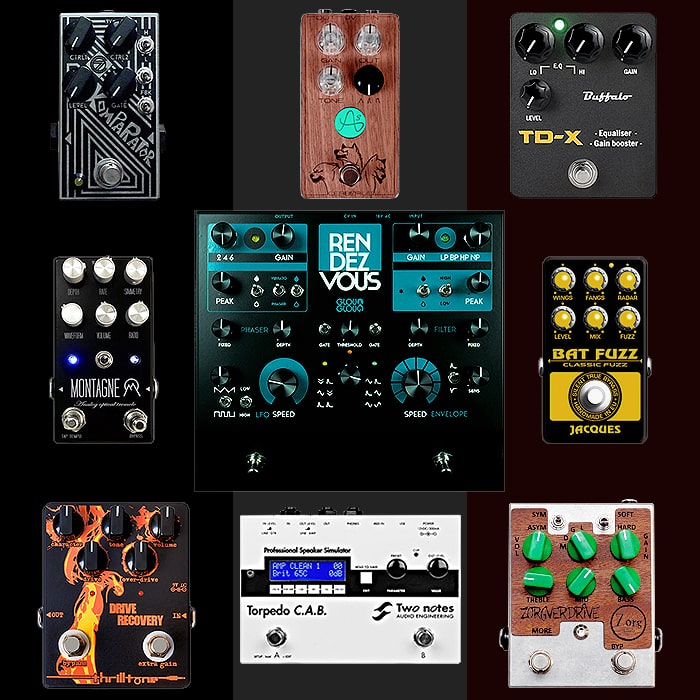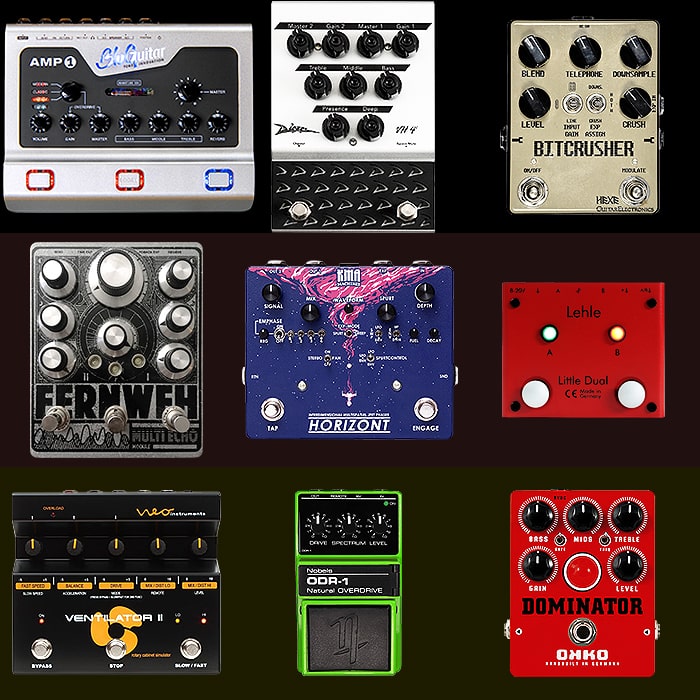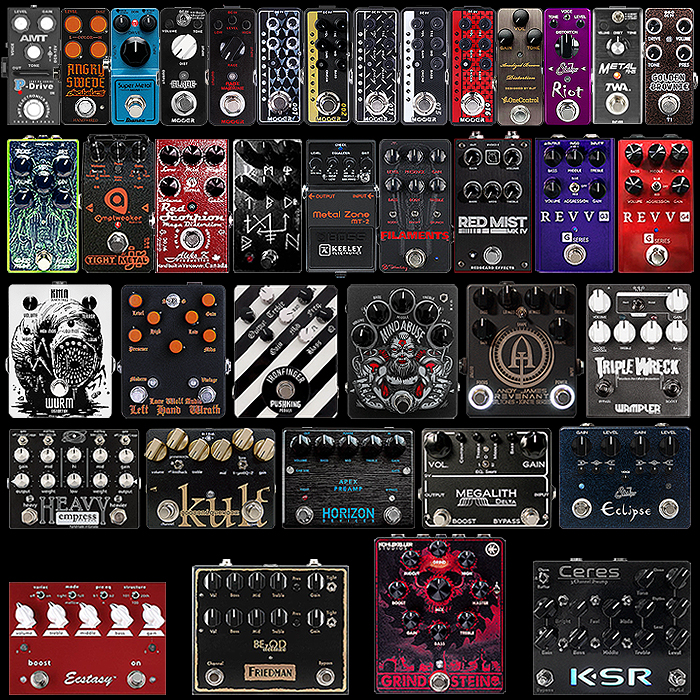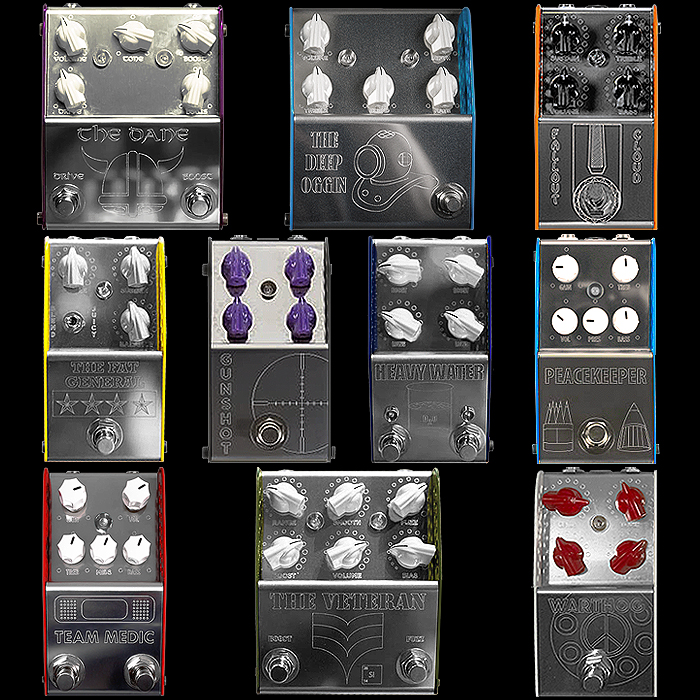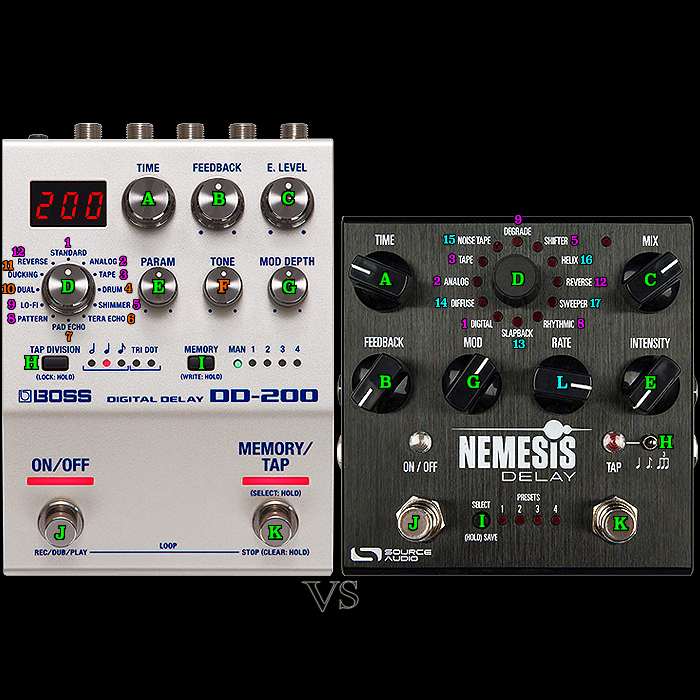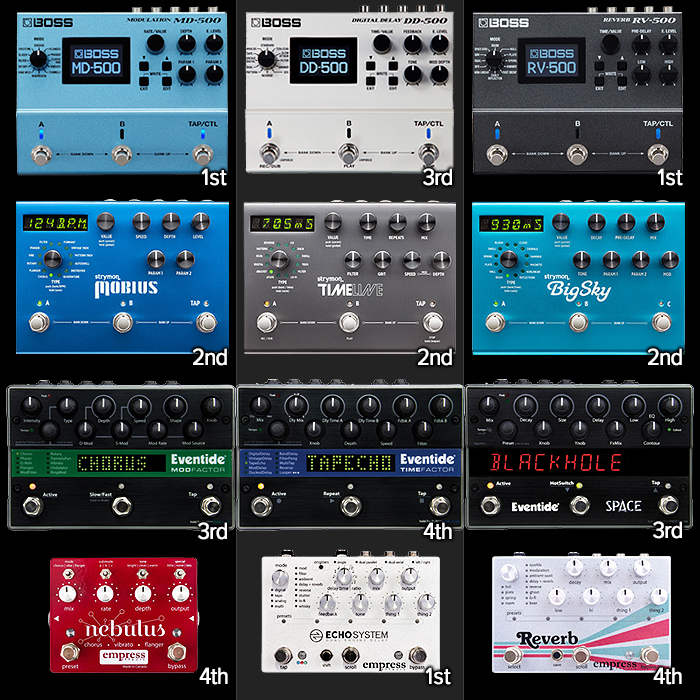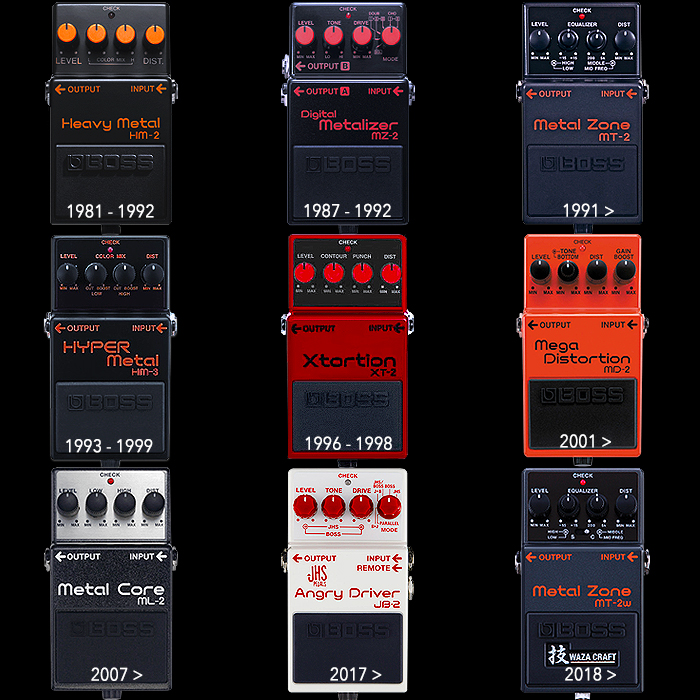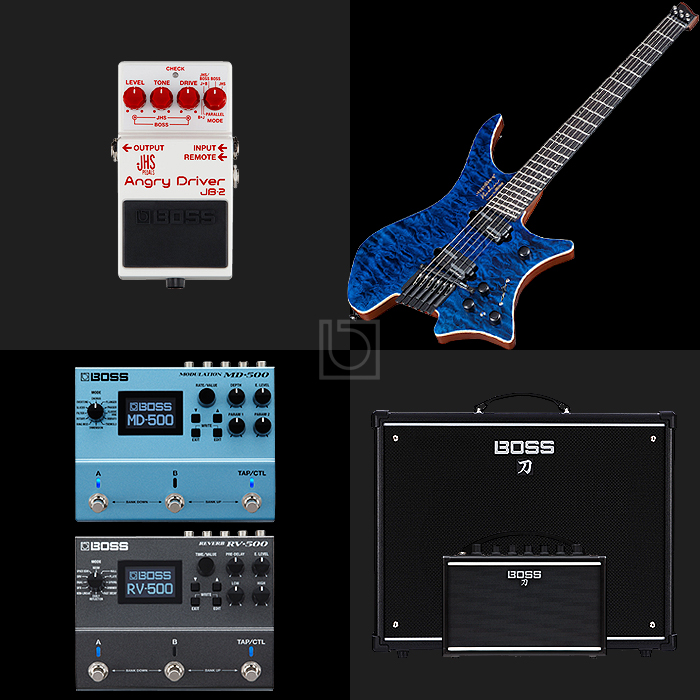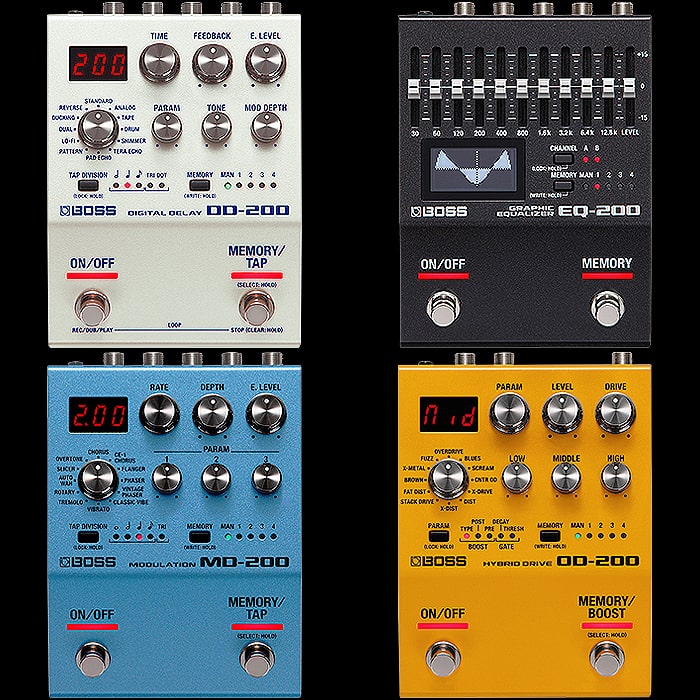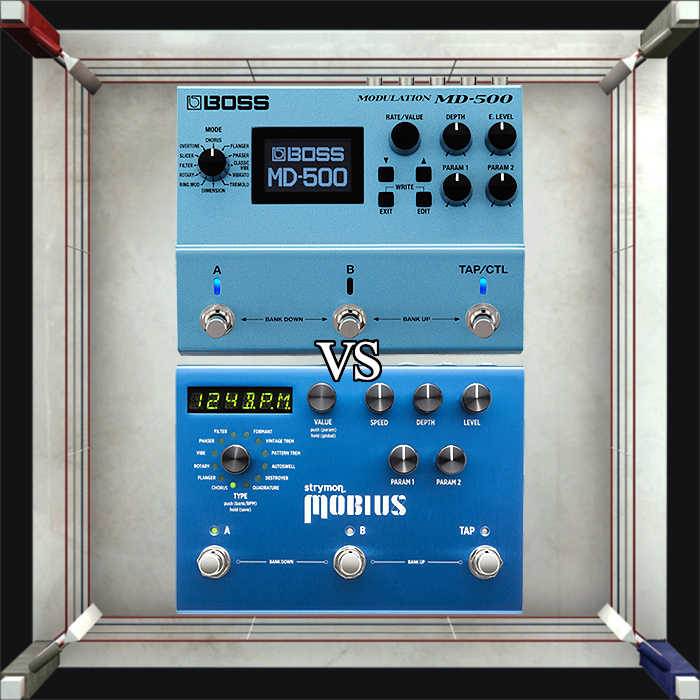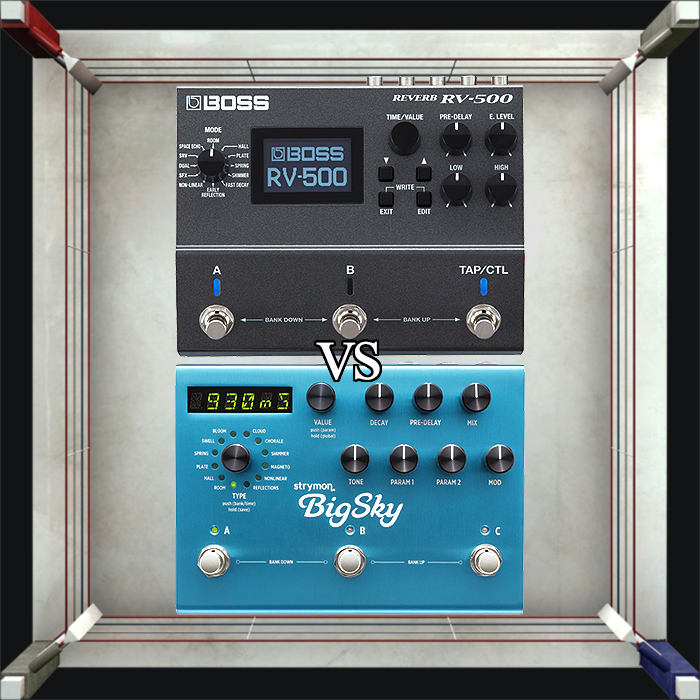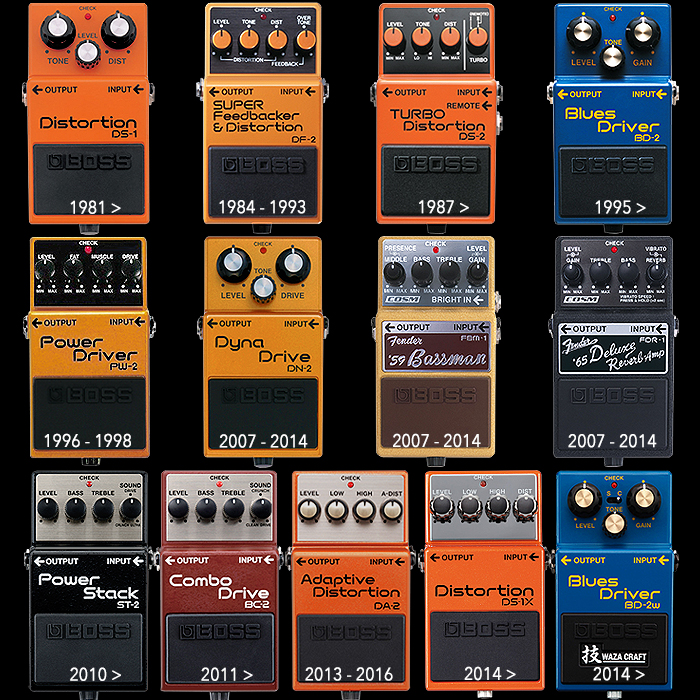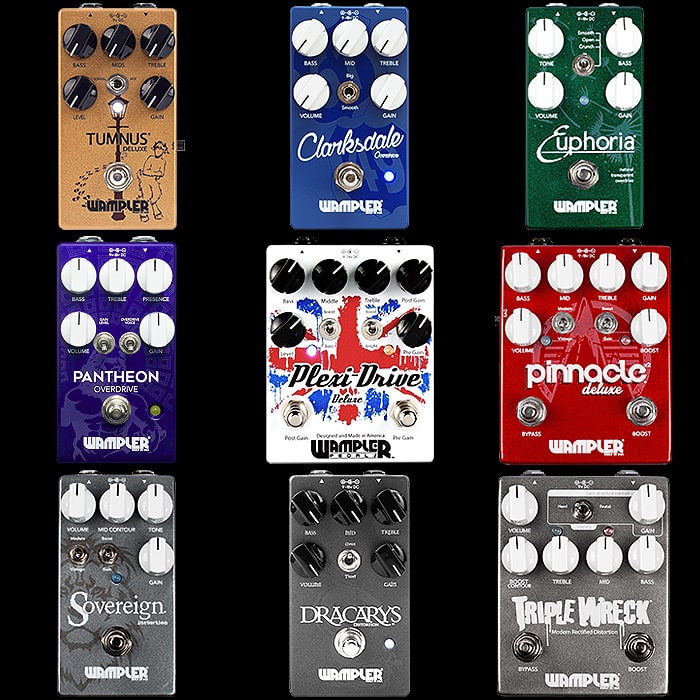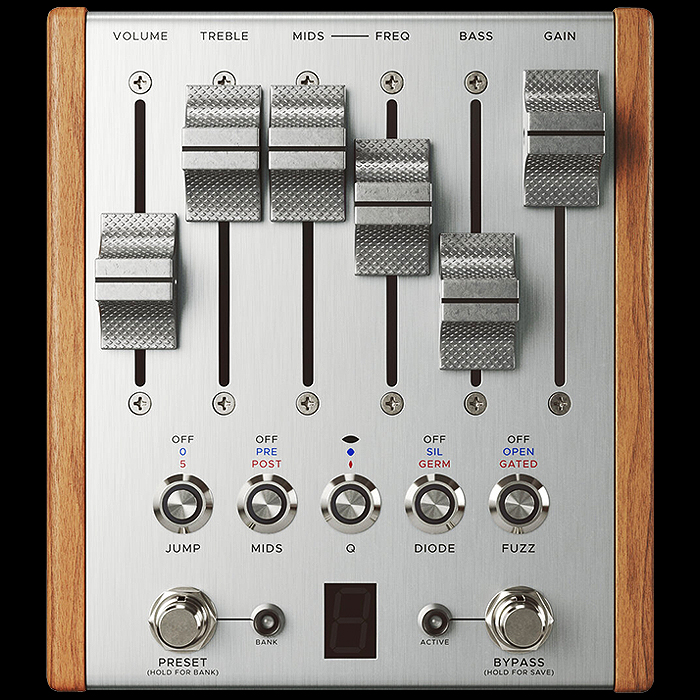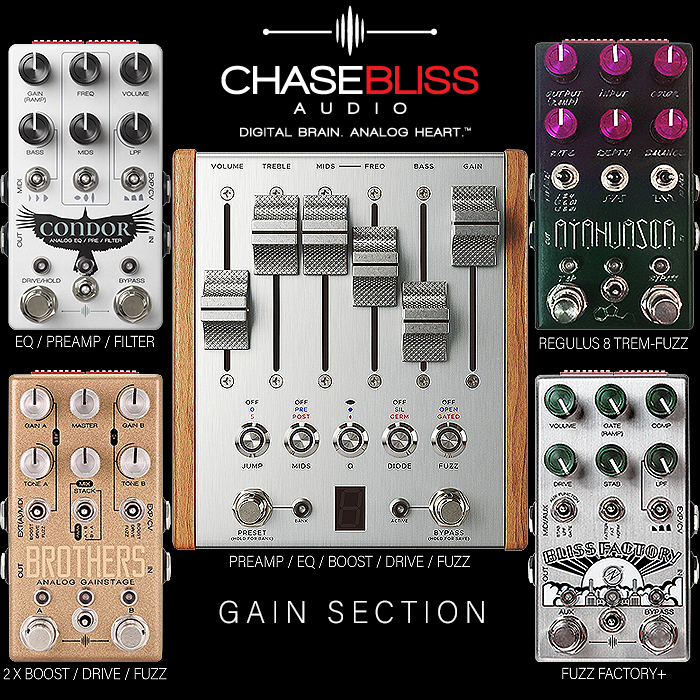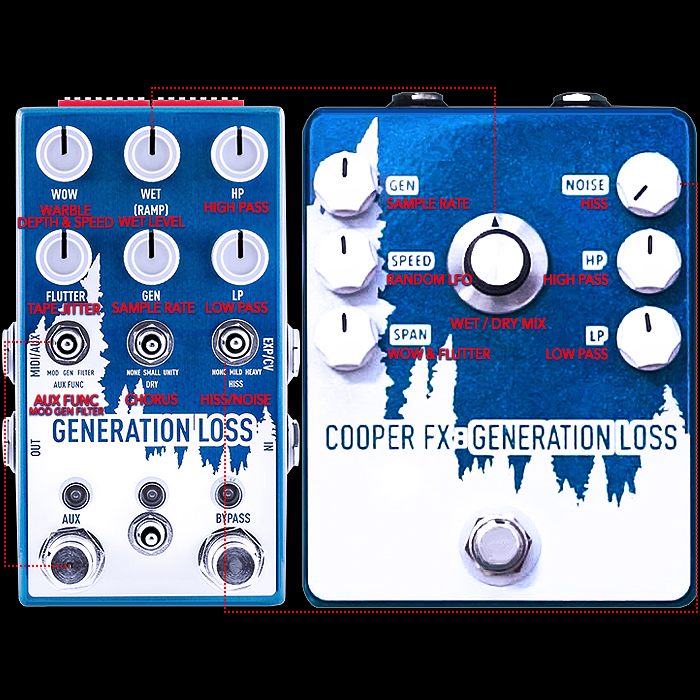The Key Pedal Enclosure Sizes you are most likely to encounter
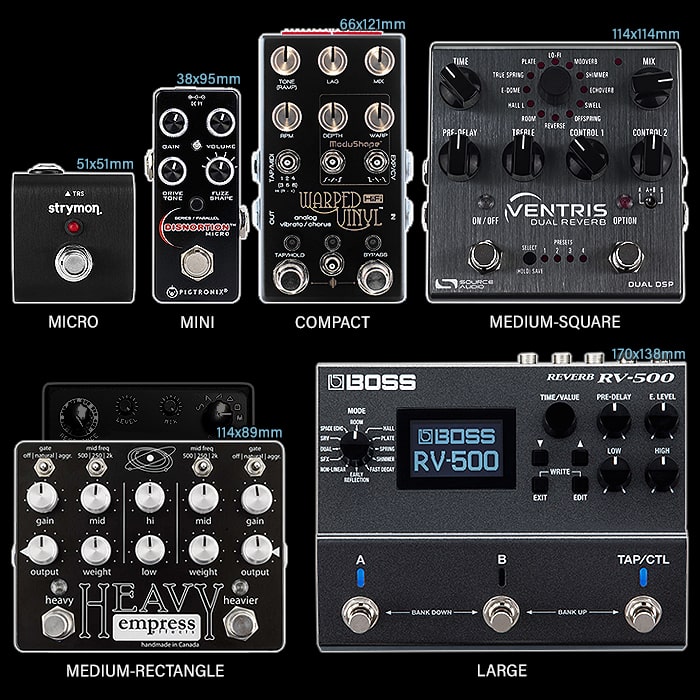
I don’t know whether I’m particularly unique in this regard, but form-factor and enclosure size / dimensions are a key criteria for me within the pedal-acquisition process / work-flow. I have very obvious favourites, and if a pedal goes much beyond those key dimensions it lessens its appeal for me. For a while this mean that I was not at all comfortable with ThorpyFX enclosures as they are both slightly fatter, and considerable longer than the typical ’Compact’ enclosure pedal. In fact ’Compact’ enclosures are my absolute favourite size - particularly as turned out by Joel Korte of Chase Bliss Audio.
When I see a Compact pedal it immediately elevates it on the desirability scale with the exception of more multi-function pedals where space is necessary to accommodate additional dials, toggles and footswitches. If your pedal has 3 or more footswitches it will pretty much always fall within the larger enclosure format, while dual footswitches are becoming increasingly common now at the Compact level, and are mainstays for both Medium-Square and Medium-Rectangle enclosures.
I have versions of each of the 6 pedal pictured, admittedly my Warped Vinyl is the white MKII version - otherwise these have all been present in my pedal-chain at one time or another, and 4 currently still are.
In having a larger pedal-chain (39 units), pedal footprint and real-estate become increasingly important criteria. Especially when I rotate quite a few of these pedals regularly - so they need to be within accepted tolerances - otherwise they just won’t fit in. I was therefore a touch phobic about ThorpyFX enclosures for a while and the medium Spaceman Effects enclosures, but have now come to accept both of those too.
I of course always live in hope that certain pedals can be shrunk down in size to more pedalboard-friendly dimensions - which make it easier to chop and change things around, as well as accommodate more of what you like. I live in hope for instance that some of the older Stone Deaf pedals will come down in size - the Fig Fumb Fuzz in particular!
Pedals are pictured in ascending size and near enough exactly to the correct relative scale:
Micro
You see these as mini-footswitches - tap-temp or favourite or additional momentary switches - and lots of pedal makers have their versions of these, mostly without LED - I have examples from Barn3, JHS and Strymon.
- The enclosure is commonly designated as Hammond Manufacturing 1590LB : 51mm x 51mm x 31mm
The Strymon Favourite / Mini-Switch above is near enough per 1590LB dimensions.
Mini
These are typically the smallest full-function pedals as typified by brands like Ibanez, Mooer, Pigtronix, TC Electronic and Tone City - and perfected by brands like Decibelics, Suhr, Wampler and Xotic. Pigtronix call their mini pedals 'Micro' which for me though is really the single mini-footswitch size before. When I think Mini, I think Mooer typically.
- The enclosure is commonly designated as Hammond Manufacturing 1590A : 39mm x 93mm x 31mm
The Pigtronix Distortion Micro above measures : 38mm x 95mm x 31mm
I picked the Pigtronix here as it exemplifies just how much can be accommodated functionality-wise at this level - with 4 control dials and a parallel/serial button switch.
Compact
This is the most regular size of pedals, which I also occasionally call 'standard' size, and is best typified by both Boss's and MXR's enclosures in particular. The vast majority of modern pedals come in around this enclosure. Size-wise there are in fact two common designations which are the most prevalent.
Note also that certain pedal-makers orient their pedals horizontally like Zvex does for its classic older style Fuzz Factory etc. while enclosure dimensions are usually around the same values.
- Enclosure type I : Hammond Manufacturing 1590B : 60mm x 112mm x 31mm
- Enclosure type II : Hammond Manufacturing 1590N1 : 66mm x 121mm x 40mm (also known as designation 125B by some)
Above Chase Bliss Audio Warped Vinyl HiFi pedal measures : 66mm x 121mm x 40mm
Medium-Square
A number of pedal-makers use a roughly square enclosure to their own custom specifications as below - from smallest to largest, and including above pictured Source Audio Ventris Dual DSP Reverb:
- Strymon : 99mm x 112mm x 62mm
- Meris : 108mm x 108mm x 65mm
- Source Audio : 114mm x 114mm x 51mm
- Eventide H9 : 118mm x 133mm x 50mm
Medium-Rectangle
The Medium-Rectangle enclosure can be seen in both horizontal and vertical formats. For numerous companies the Hammond 1590BB vertical is the most typical format - say Dwarfcraft and Spaceman Effects, while I also like it in its horizontal aspect, per Empress Effects most notably, as well as Keeley Engineering and MI Effects.
- The key enclosure here is commonly designated as Hammond Manufacturing 1590BB : 119mm x 94mm x 34mm
The above Empress Effects Heavy has slightly custom measurements of : 114mm x 89mm x 34mm
Large
Like the Medium-Square, the larger size pedals tend to be pretty custom dimensions and are really anything beyond the most typical Medium-Rectangle dimensions, most typically seen in larger 3-footswitch button multi-effect workstations by the likes of Boss, Eventide and Strymon. The Empress Effects EchoSystem and Reverb kind of hover in the middle ground - where they can fall into either camp, depending on specific criteria. I will detail below the most common variations on this type from smallest to largest:
- Empress Effects : 145mm x 95mm x 44mm
- Boss : 170mm x 138mm x 62mm
- Strymon : 171mm x 130mm x 45mm
- Eventide : 190mm x 122mm x 54mm
Final Thoughts
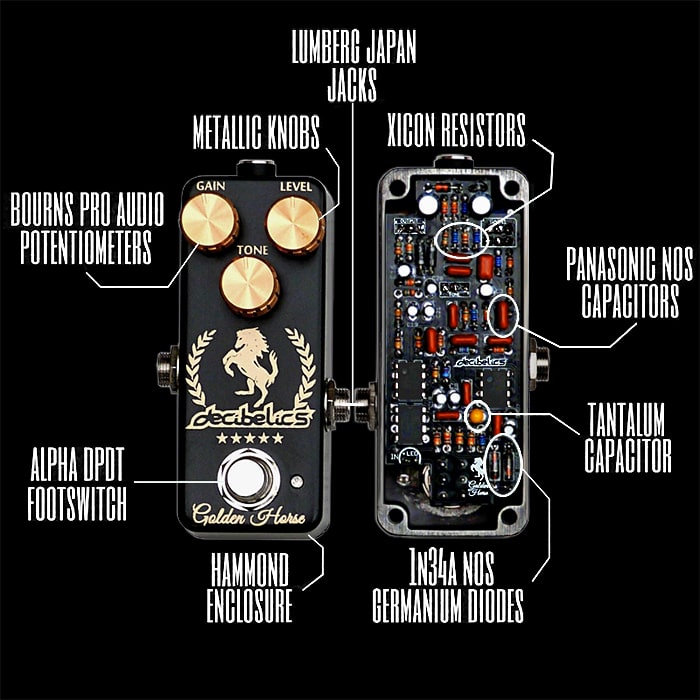
My perfect size really is the Compact enclosure with dual-footswitches - it is the most handy and accommodating format and if done correctly - per Alexander Pedals, Chase Bliss Audio, Dr Scientist, Foxpedal, JHS and Walrus Audio to mention a few - these can also be incredibly feature-rich and sonically / tonally equal to anything.
I also really like my multi-preset multi-effects workstations - at their very best in the 3-footswitch format favoured by the large enclosure pedals mentioned above.
You can easily get to too big and awkward though. I still have an Elektron Analog Drive - which really is a pretty cool pedal, but its dimensions are pretty enormous at 171mm x 177mm x 62mm and I found it sort of blocked off an got in the way of access to other pedals because of its extreme dimensions. The pedal is excellent for what it does, but does not quite closely enough match the appropriate number of my favourite overdrives, fuzzes and distortions to be worth taking up such a large footprint.
Also when space is tight I really don't mind using Mini pedals - where there are an increasing amount of really brilliant ones despite their size - two of my best-loved drives at the moment are minis for instance - the Decibelics Golden Horse 'Klone' and Xotic SL Drive Dark Plexi-style distortion.
The smaller pedals can be a touch unstable both on the floor and on pedalboards - which is why you can now get sort of 'mini cradles' to give those pedals more lateral stability and more velcro-grip as is required. This is why the Compacts are my favourites - they are quite stable enough really on their own. When you need more options - more dials, toggles and footswitches and you simply cannot accommodate all that you need onto a Compact enclosure - then you have to select an appropriate larger surface area and depth that will readily accept all the necessary components. You need to think smart also - using secondary functions on fewer dials, as well as multi-mode single LEDs instead of several. Yet as long as you can justify the functionality vs the real-estate then that pedal passes the test.
What I'm highly intolerant of is really over-sized vintage enclosures with enough space to accommodate the circuit or wiring / component board many times over and only a handful of controls. In terms of perfect pedal design - you really need to see the insides of a Decibelics Golden Horse pedal to realise just how much can by accomplished within the narrow confines of those smaller enclosures. Yes the engineering challenges are significant, but there are genius pedal-builders rising to these challenges - like the celebrated Joel Korte, and soon to be celebrated Guillem Vilademunt of Decibelics.







